The Twiga Tracker Initiative is an ambitious conservation research programme designed to develop deeper understandings of giraffe spatial ecology and movement decisions across diverse habitat types throughout Africa.
Over the past four years, a growing network of research partners spearheaded by the Giraffe Conservation Foundation (GCF), has deployed over 200 specially designed ossicone-mounted GPS units (‘ossi-units’) on all four species of giraffe in eight African countries: from the hyper-arid deserts of northwest Namibia to mesic savannahs of northwest Uganda, and the semi-arid scrub of northern Kenya to the Sahel of Niger, GCF is studying how giraffe interact with this remarkable diversity of habitats. Unifying the understandings of giraffe movement ecology and space use, requires systematic analyses across these different ecosystems. Furthermore, data collected from these studies are instrumental in guiding giraffe conservation strategies throughout their range.
The Twiga Tracker Initiative has yielded incredible scientific insights into the mechanisms and patterns of giraffe movement decisions, which have led to remarkable new insights into giraffe movements in the past year alone: from the first descriptions of partial migration in giraffe, to understanding giraffe connectivity across a multiple-use landscape in northern Kenya, to understanding giraffe chronobiology and movement responses to lunar luminosity these data are proving essential to deepening the scientific understandings of giraffe movement. So far, the Twiga Tracker Initiative has already led to the publication of over ten peer reviewed scientific studies, with many more currently in progress.
In addition to the valuable scientific data these units are providing, they are also proving extraordinarily valuable for active conservation management programmes. In association with Vulcan’s EarthRanger, GCF and research partners like the Smithsonian Conservation Biology Institute, are developing platforms for sharing giraffe location data in real time with various partners on the ground. Using laptops or smartphones, our field teams and partners can access the latest locations of tagged giraffe to design more targeted patrols and monitoring programmes. Using these technologies, ranger teams like those Pian Upe Wildlife Reserve in Uganda, have been able to locate and monitor tagged giraffe in the vast trackless savannahs to monitor their health and status after conservation translocations in Operation Twiga IV and Operation Twiga V.
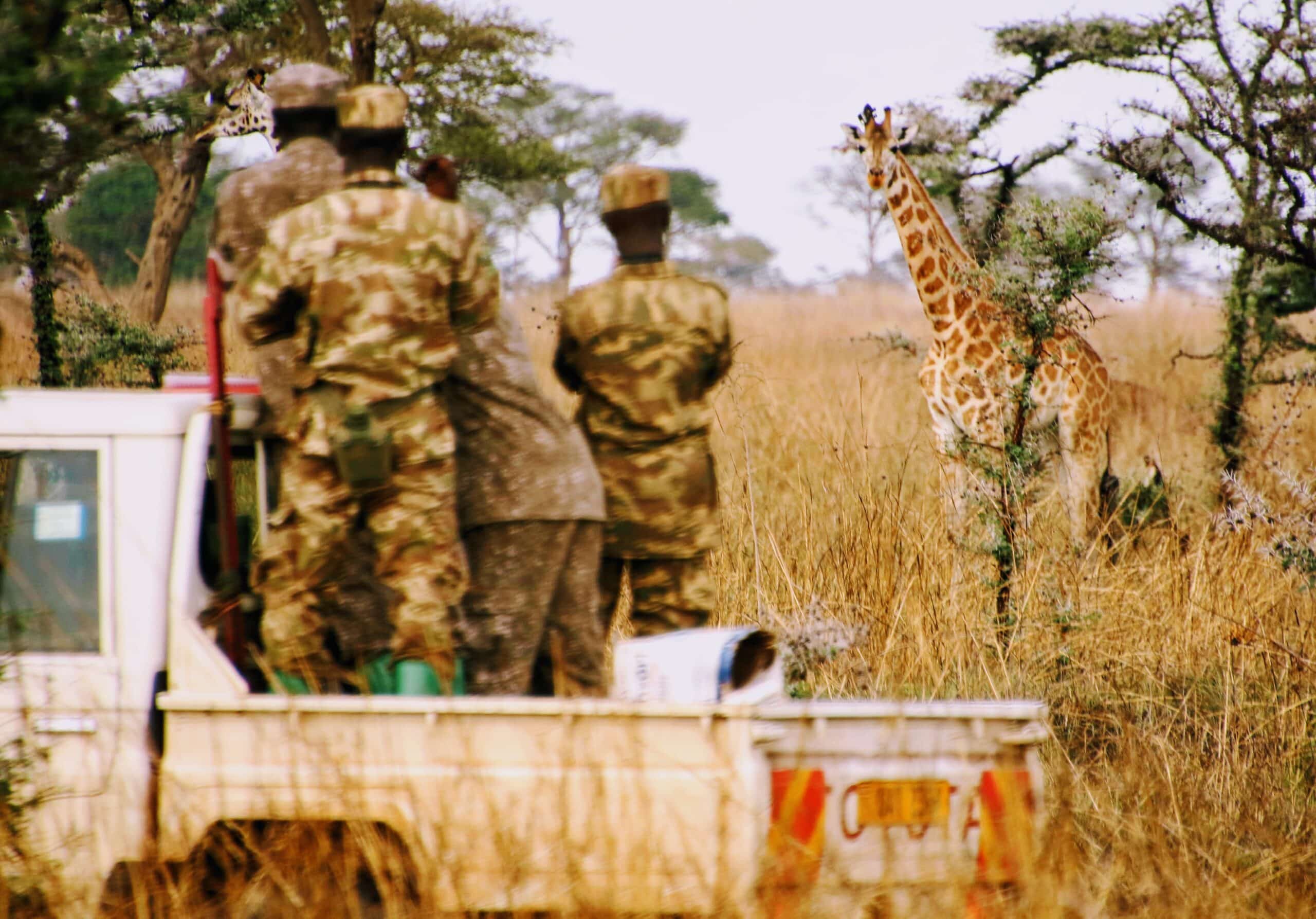
GCF recently partnered with the Kenya Wildlife Service to monitor giraffe movements in and around Amboseli National Park. This collaboration has already documented one giraffe traversing the international borderline between Kenya and Tanzania (see map below). Similarly, our collaborative efforts with African Parks in Zakouma National Park in Chad have shown that giraffe regularly leave the formal boundaries of the protected areas (see map below). These transboundary movements further illustrate the value of directly engaging with the community and landscape level conservation initiatives to ensure that these animals have the space and diverse habitats they need.
At the same time, our field team in Namibia has compiled an interesting and very encouraging statistic: 16 of the 18 female giraffe we are tracking remotely in north-west Namibia have given birth while sporting an ossi-unit. This means that these females were either tagged before or while they were pregnant or while they raised a young calf. This high reproductive success rate is a clear indication that fitting or carrying GPS tracking units has minimal impact on giraffe.
GCF remains committed to using the best available science to design and support effective conservation strategies for giraffe throughout their range. The spatial data and habitat utilisation information collected by these ossi-units provides unique and critical insights into the resources that giraffe require. As data continue to stream into our servers from our various research sites, our team is hard at work monitoring their movements and analysing space use to figure out ambitious and creative new ways to conserve giraffe.

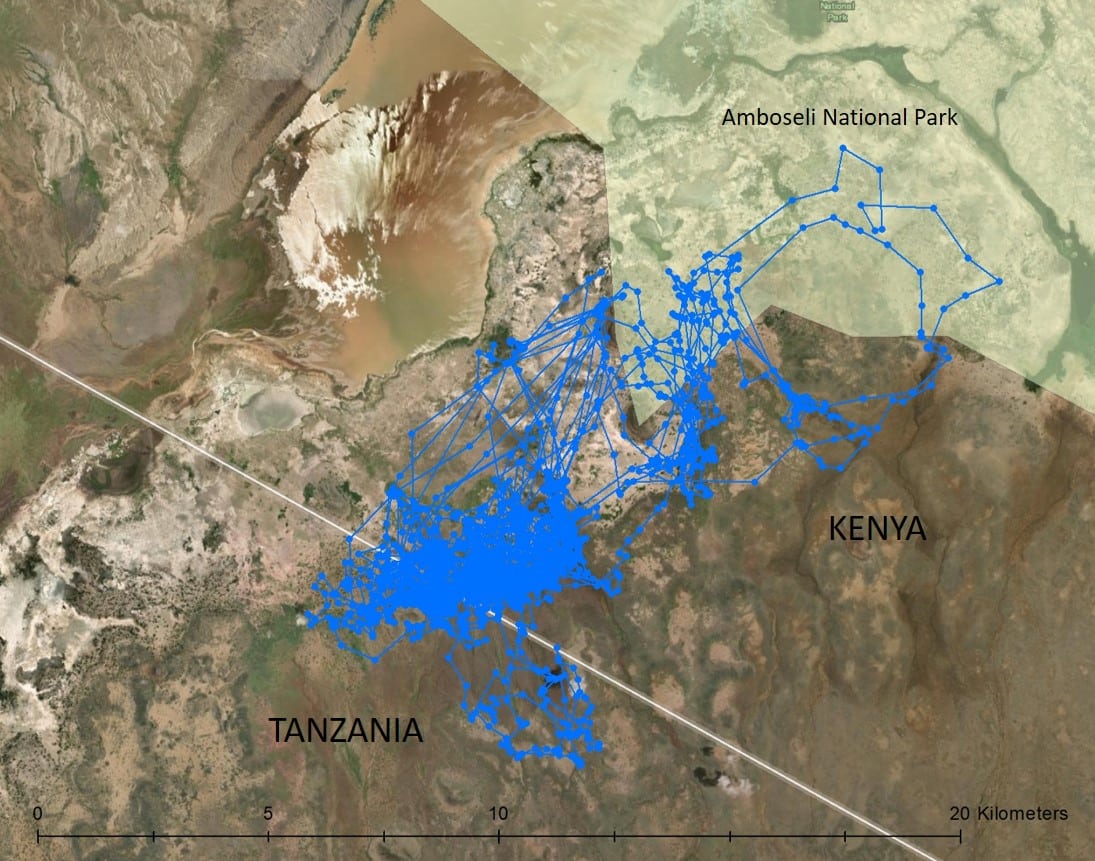
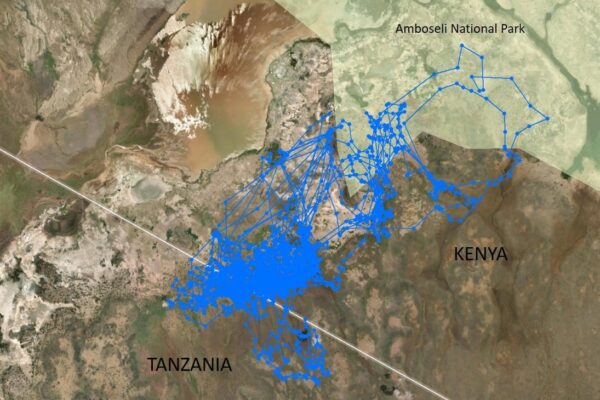
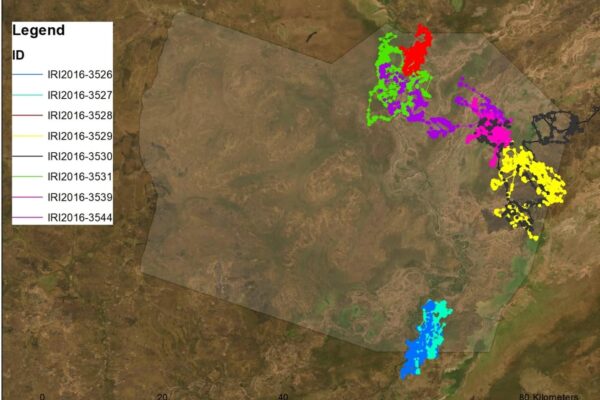
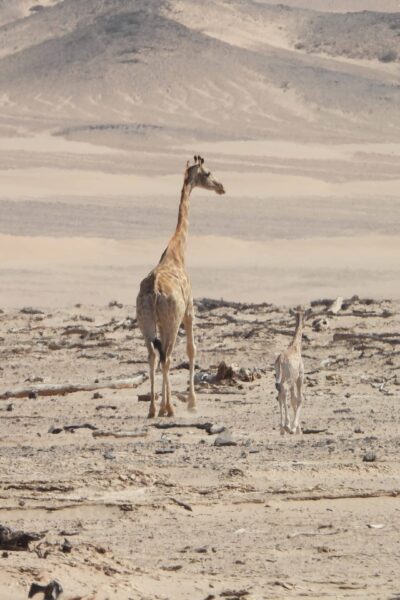
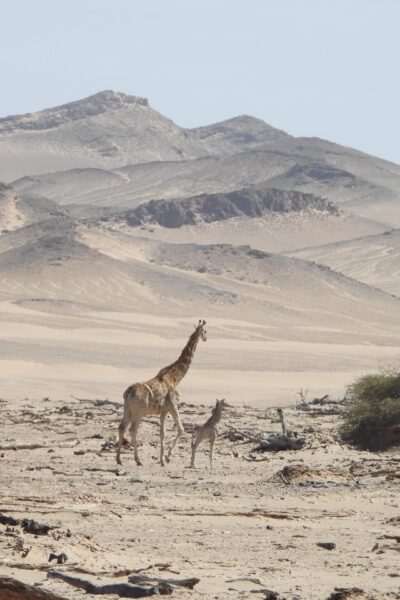
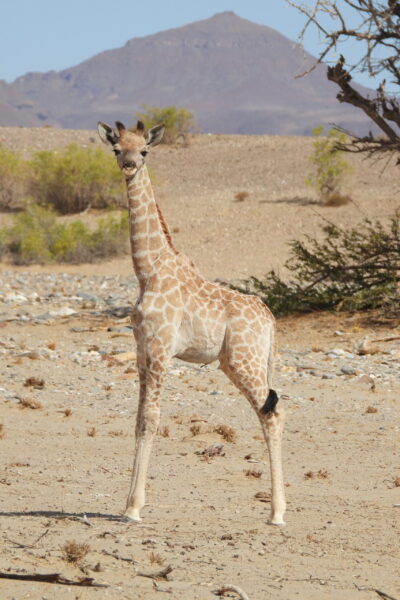

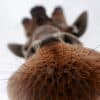
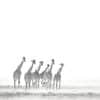


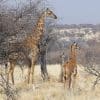

bonjour,
je suis très content de votre travail et je vous souhaite toutes les bonnes choses.
je voulais juste ajouter par rapport à la girafe de kordofan du parc national de la garamba ,l’ossi unit nous a fourni assez d’informations par rapport au déplacement de girafe dans le parc aussi quand elles veulent donner un petit ce qui a permis de faire correctement leur suivi.
Thank you Jackson, that is great to hear!
vraiment on ne peut pas imaginer un monde meilleur sans la girafe car cette dernière jour un grand rôle écologique dans nos écosystèmes.